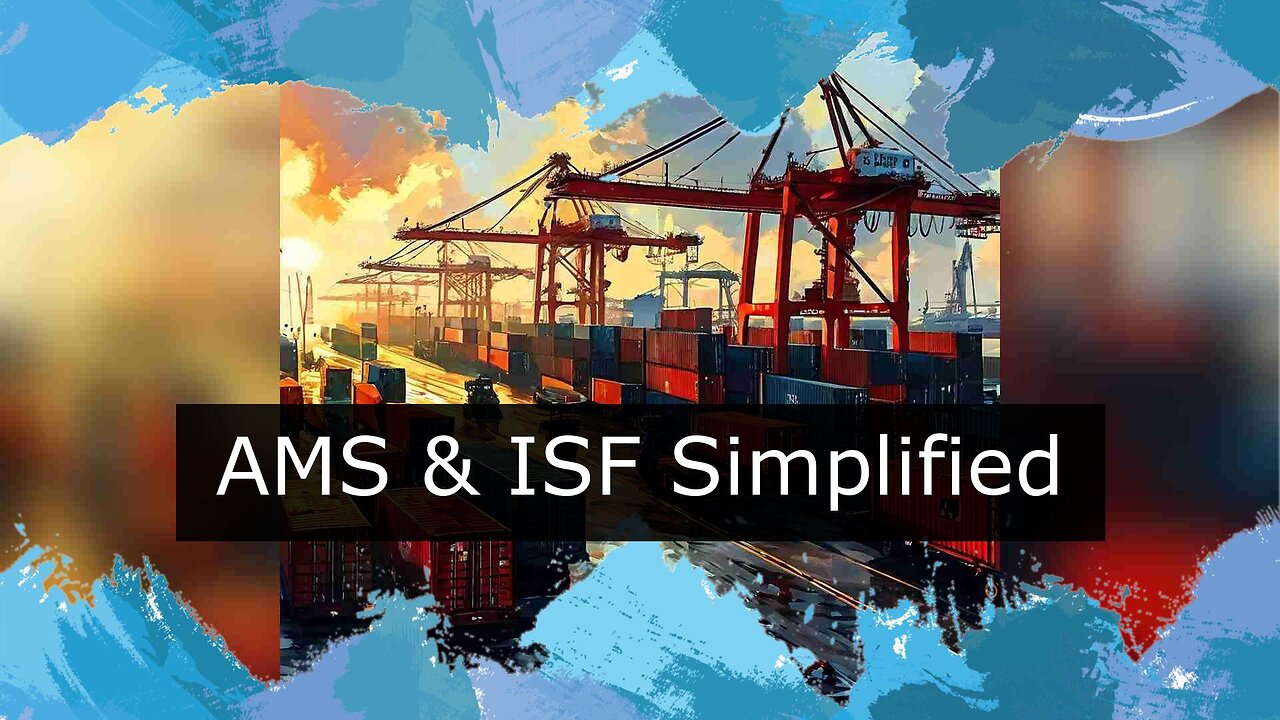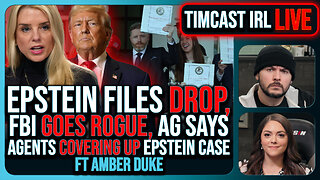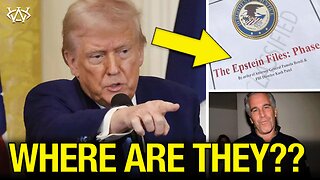Premium Only Content

Mastering ISF Compliance and Best Practices for Tariff Classification
ISF Checklist || 805-970-7918 || contact@isfchecklist.com || www.isfchecklist.com
In today's video, we discussed the importance of ISF compliance and best practices for managing tariff classification in customs brokerage. Ensuring ISF compliance is crucial for importers to meet their legal obligations and avoid penalties. The key elements of an ISF include the bill of lading or booking number, seller or owner, buyer or consignee, manufacturer or supplier, ship-to party, country of origin, Harmonized System (HS) codes, container stuffing location, consolidator, and ISF bond. Managing tariff classification effectively is essential for determining the correct duties and taxes. Some best practices for tariff classification include staying updated with tariff schedules, consulting with experts, maintaining detailed product descriptions, utilizing rulings and databases, reviewing binding ruling validity, conducting internal audits, and documenting and retaining records. By following these practices, customs brokers can help importers navigate international trade seamlessly and minimize the risk of penalties or delays.
#usimportbond
#isfcustomsbroker
#uscustomsclearing
#isfentry
Video Disclaimer Here: This video is purely educational and has no ties with the US government.
0:28 ISF Compliance Importance: Vital for importers to meet legal obligations and avoid penalties. Submission required 24 hours before cargo loading for U.S.
Includes crucial shipment details like consignee, shipper, and cargo descriptions.
0:58 Key Elements of ISF: Bill of Lading, Seller, Buyer, Manufacturer, Ship-to Party, Country of Origin, HS Codes, Container Stuffing Location, Consolidator, ISF Bond.
2:27 Best Practices for Tariff Classification: Stay updated on tariff schedules. Consult with experts or use automated tools. Provide detailed product descriptions. Utilize official rulings and database. Review binding ruling validity. Conduct internal audits and retain records.
3:45 Conclusion: Understanding ISF and tariff classification key for customs brokers.
Following best practices reduces risks for importers. Stay tuned for more informative content on customs brokerage and international trade.
-
 0:50
0:50
Sean Unpaved
17 hours ago $11.25 earnedWelcome “Unpaved w/ Sean Salisbury” to Rumble
80.9K14 -
 2:10:09
2:10:09
FreshandFit
11 hours agoKicking Out Old Annoying Hoes In Las Vegas!
113K139 -
 25:53
25:53
Stephen Gardner
13 hours ago🔥BREAKING: Trump HATING LAWYER busted in $17 million money laundering scheme!
80.2K170 -
 20:10
20:10
CartierFamily
20 hours agoAndrew Schulz DESTROYS Charlamagne’s WOKE Meltdown on DOGE & Elon Musk!
150K110 -
 33:56
33:56
The Why Files
10 days agoLegend of the 13 Crystal Skulls | From Mars to the Maya
115K49 -
 2:56:14
2:56:14
TimcastIRL
13 hours agoEPSTEIN Files DROP, FBI GOES ROGUE, AG Says They COVERED UP Epstein Case w/Amber Duke | Timcast IRL
257K169 -
 1:39:23
1:39:23
Kim Iversen
14 hours ago"Canada's Trump" Is Trudeau’s Worst Nightmare: Is Maxime Bernier the Future of Canada?
116K116 -
 DVR
DVR
Bannons War Room
10 days agoWarRoom Live
2.7M448 -
 16:06
16:06
The Rubin Report
20 hours agoProof the Islamist Threat in England Can No Longer Be Ignored | Winston Marshall
120K123 -
 2:07:07
2:07:07
Robert Gouveia
17 hours agoFBI Files Coverup! Bondi FURIOUS; SCOTUS Stops Judge; Special Counsel; FBI Does
146K103